Graphic Design Comfort Food
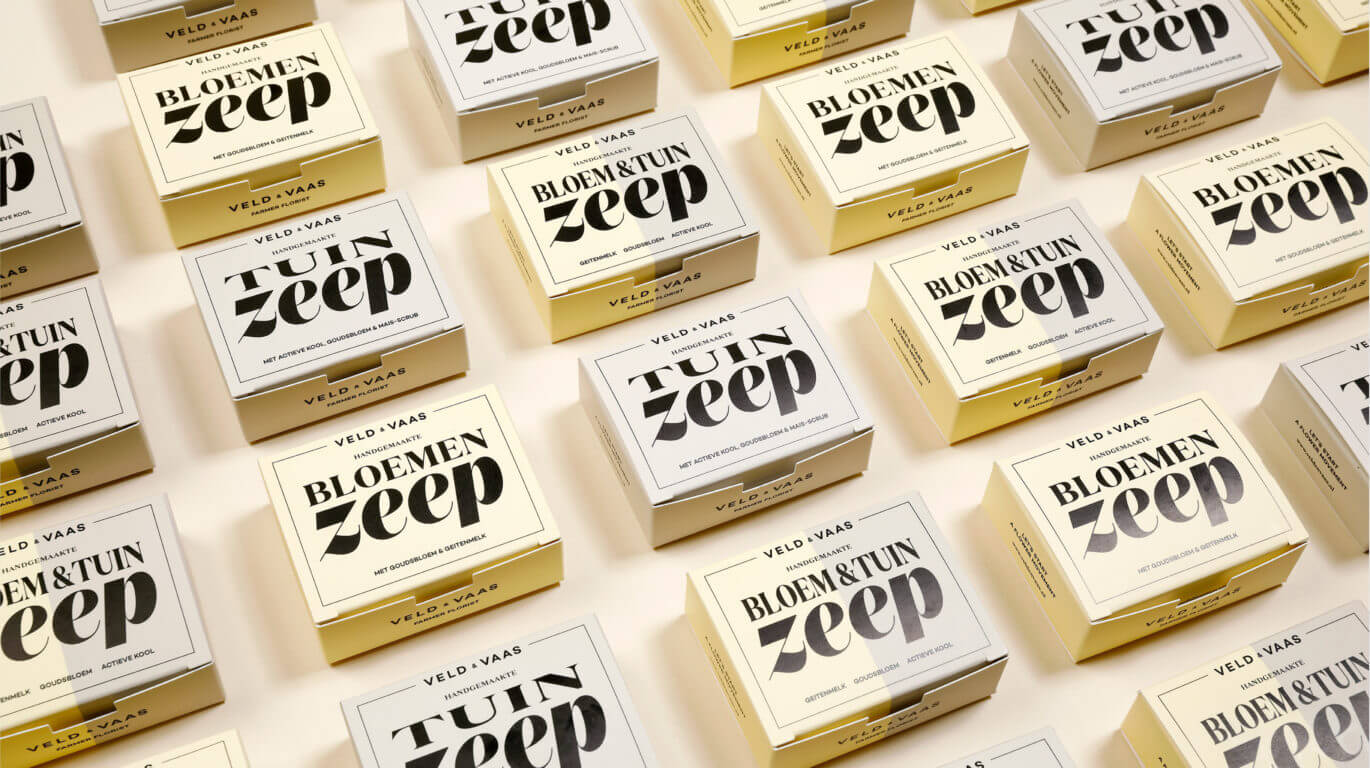
Graphic design trends capture the zeitgeist—and 2025 is proving to be an interesting mix of nostalgia and innovation.
As we navigate increasingly complex political and economic times, making use of these trends gives your brand a chance to connect with consumers on a deeper emotional level.
Whether you call it regression, escapism, or just visual comfort food, these are the techniques that customers are responding to right now.
Engaging design and the right visuals elevate your content. We’ve identified five throwback styles that will resonate with your audience, and two cutting-edge approaches that will keep your brand relevant and engaging in an ever-evolving marketing landscape.
Wide Typefaces, Script Styles, and Decorative Display Fonts
In 2025, bold typography is (again) having a moment. Think large, slab serif fonts that convey confidence and authenticity. These “pre-digital” typefaces evoke a sense of tradition and are surprisingly well-suited for the digital age. When combined with script lettering and decorative “display” fonts, they create a retro—yet modern—aesthetic that speaks to a sense of strength, comfort, and familiarity.
Pale Plum, Puce, and Other Pastel Colors
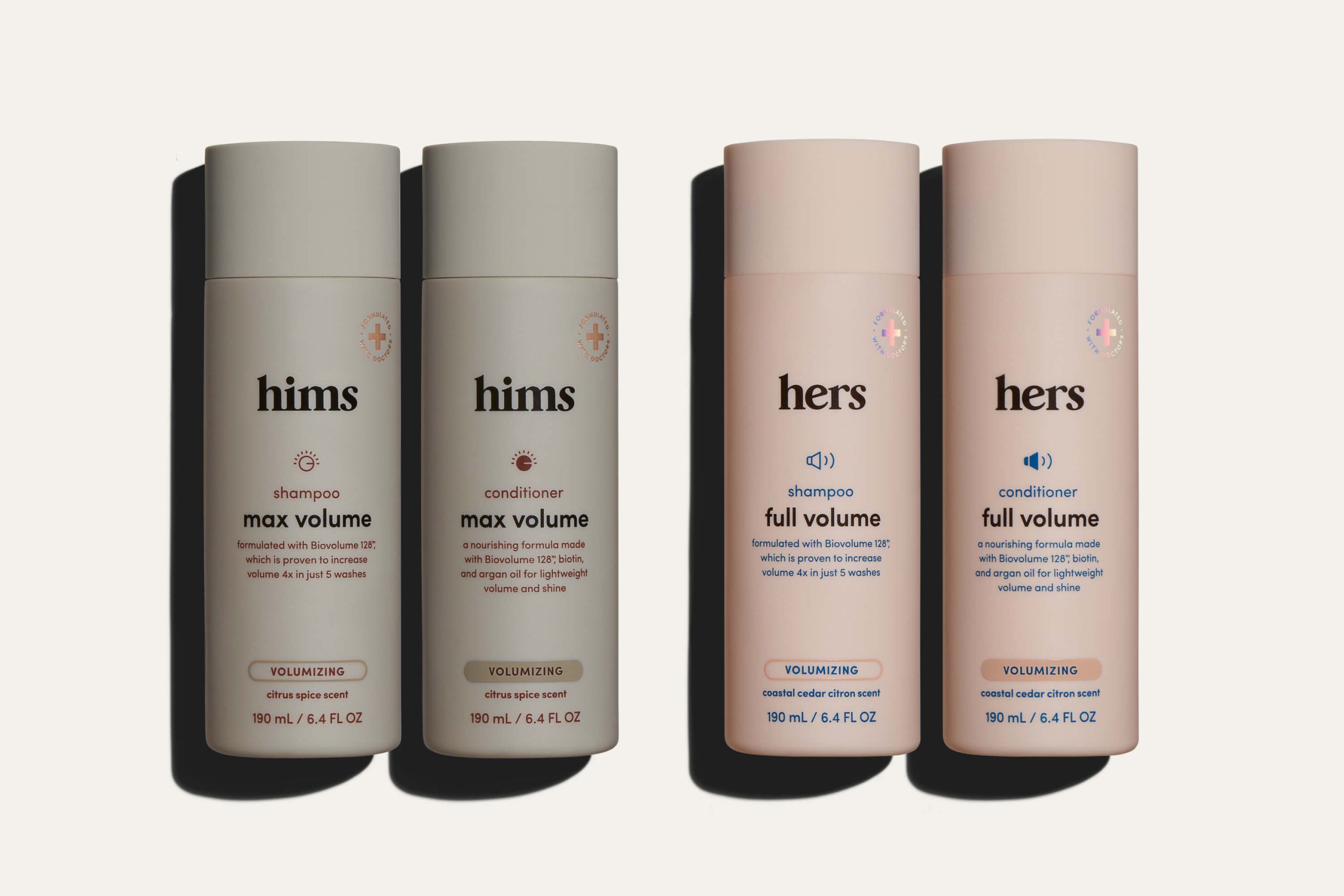
While brighter and bolder colors dominated most of the 2000s, the pendulum has swung back toward more comforting and softer tones. Approachable and warm, pastels and other lighter gradients create a sense of calm that consumers increasingly appreciate.
Feel-good Nostalgia and Escapism
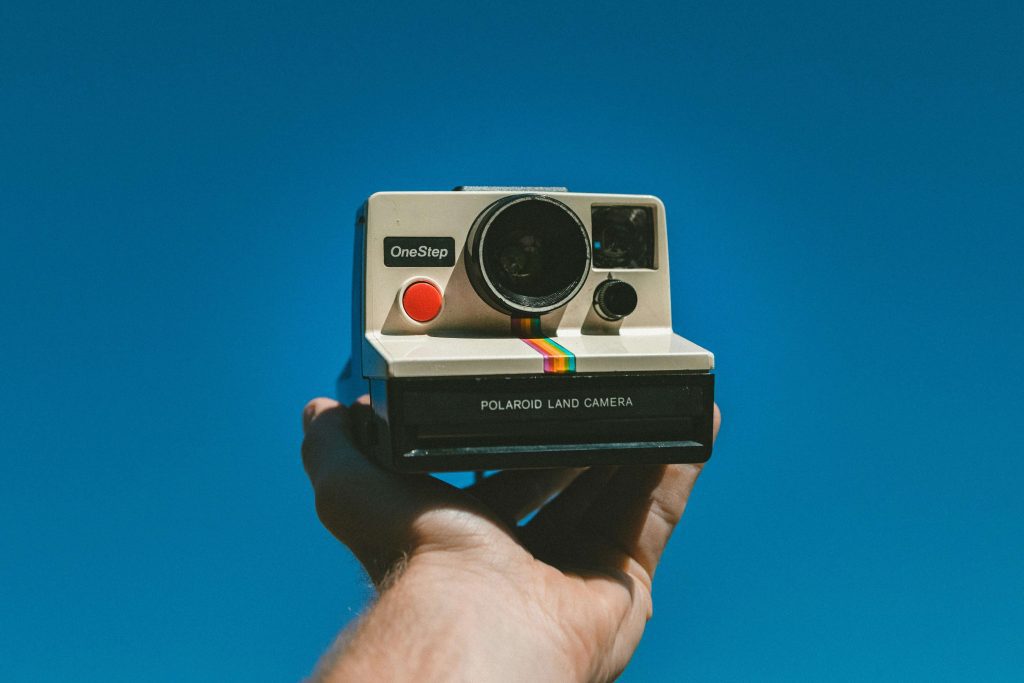
Retro brands and product lines are thriving, driven by nostalgic references to childhood and “simpler times.” These callbacks create emotional connections with consumers, drawing on familiarity and sentiment; even advertising jingles—which have been largely absent in the 21st century—are making a comeback. This trend is further complemented by naturalistic elements like flowers, animals, suns and moons, and even Art Nouveau-inspired designs, all of which evoke a sense of comfort and reassurance.
Hand-drawn Illustrations
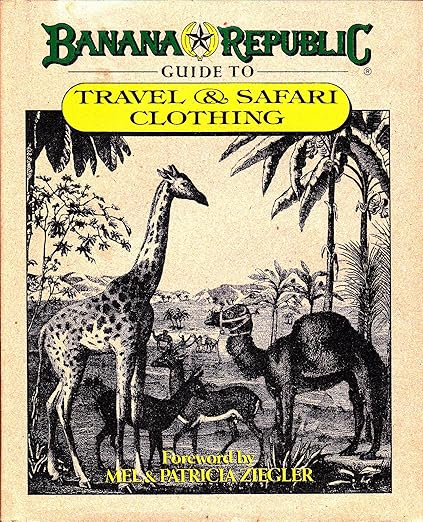
Hand-drawn illustrations bring a human touch to digital design. Look to the designs of the 1970s, when brands used illustration to create a sense of authenticity. Think back to the product drawings you might have seen in early Banana Republic advertisements, on vintage restaurant menus, and in mail-order catalogs. These hand-drawn elements add uniqueness and personality to your brand and are making a big comeback.
3-D Objects and Dimensional Lettering
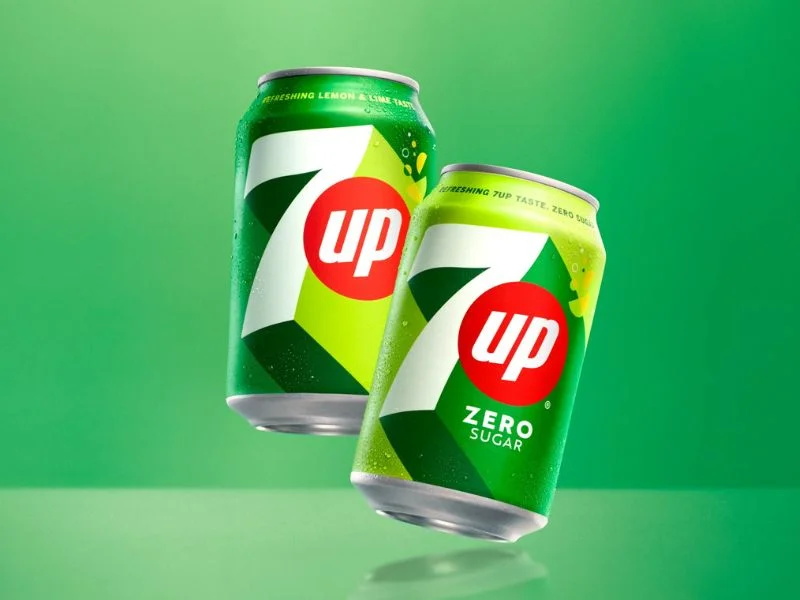
Heavy, dimensional block lettering with drop shadows and lighter-than-air, cartoon-style balloon alphabets are everywhere. Geometric shapes and 3-D elements are also trending, helping designs stand out. Sense a pattern here? What’s old is new, but, when achieved with current tools and sensibilities, the results are entirely contemporary.
Interactivity and Immersion
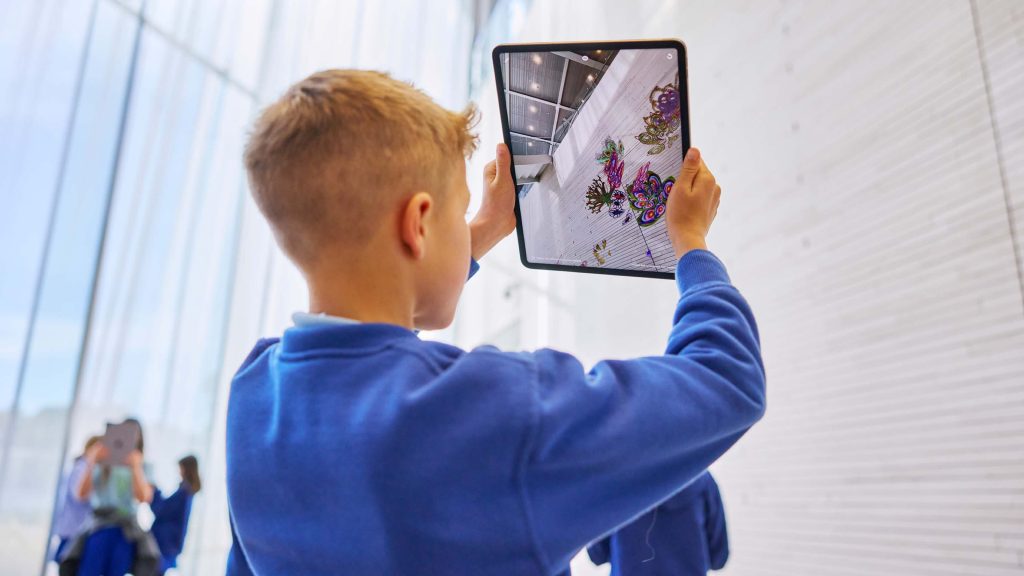
And while we’re looking back stylistically, we should also be looking forward, technologically. Interactivity is the key to engaging audiences in a meaningful way, and including interactive elements in your digital content—whether through video, appealing user experiences, or augmented reality features—can help boost retention and customer loyalty.
AI-driven, Generative Design

We’ve all been there, staring at a blank page, not knowing where to start with a graphic design task and needing a bit of inspiration. And this is where many of us designers have incorporated artificial intelligence (AI), using its generative design tools to get the creative juices flowing and to easily experiment with different styles, layouts, and colors. Think of it as digital doodling, helping you push your creative limits and save time in the process.
But AI can also be used to produce layouts, generate or manipulate imagery, and even to create original video content. As we’ve discussed here before, AI is here to stay and can inspire your design team, elevate their work, and improve efficiency. What’s old is new but what’s new is new, as well—and perhaps even more important to embrace.
Reach Out
Be Social
Content Marketing
Next In AI
Use AI to Inspire Your Writing: 7 Tips to Spark Creativity
Explore 7 tips to fuel your writing with AI, from sparking creativity to enhancing your style with Eve Connell's expert...


